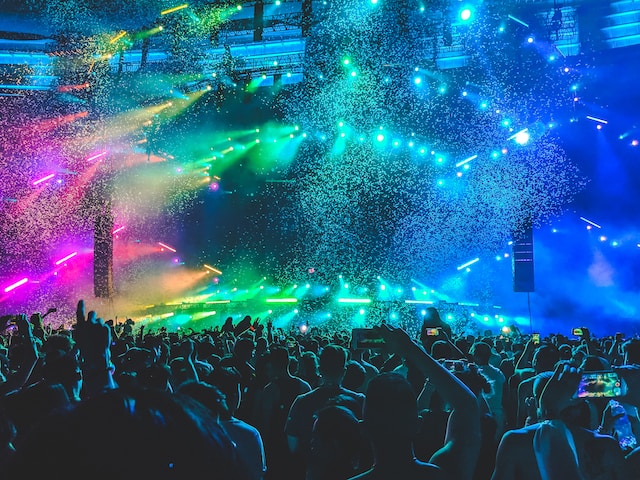Computer-generated imagery (CGI) has transformed the entertainment industry, ushering in a new era of creativity and storytelling. This article explores the profound impact of CGI across various facets of entertainment.
The CGI Revolution Unleashed
Understanding Computer-Generated Imagery
CGI refers to the creation of visual content using computer software. It enables the generation of lifelike graphics and animations, blurring the line between reality and fiction.
CGI in Film and Television
CGI’s integration into filmmaking allows filmmakers to depict fantastical worlds, creatures, and breathtaking special effects that were once inconceivable.

Film and Television: Bringing Imagination to Life
Enhanced Visual Effects
CGI empowers filmmakers to create stunning visual effects that captivate audiences and transport them to alternate realities.
Iconic Characters and Creatures
CGI brings iconic characters and creatures to life. From the awe-inspiring dragons in “Game of Thrones” to the endearing Gollum in “The Lord of the Rings.”
Reviving Classic Franchises
CGI breathes new life into classic film franchises by revitalizing beloved characters. And enabling them to interact seamlessly with live-action elements.
Gaming Industry: Immersive Worlds
Realistic Game Environments
The gaming industry relies heavily on CGI to craft immersive and visually stunning game environments that engage players on a deeper level.
Character Animation
CGI allows for the creation of lifelike character animations. Hence, enhancing storytelling and player immersion in video games.

Virtual Reality (VR) and Augmented Reality (AR)
CGI is pivotal in VR and AR experiences, enabling users to explore digital worlds and interact with virtual objects.
Advertising: Impactful Campaigns
Product Visualization
Advertisers use CGI to showcase products with stunning visuals, offering consumers a more interactive and informative experience.
Brand Storytelling
CGI aids in brand storytelling by creating memorable characters and narratives that resonate with consumers.
Cost-Effective Productions
CGI often proves more cost-effective for advertising campaigns than traditional methods involving physical sets and props.
Architecture and Design: Visualizing Concepts
Architectural Visualization
Architects and designers employ CGI to create realistic 3D models and walkthroughs of structures. Hence, aiding in project planning and client communication.
Interior Design
Moreover, CGI assists interior designers in visualizing spaces, experimenting with color schemes, and refining design concepts.

Virtual Tours
CGI-driven virtual tours allow potential buyers or visitors to explore properties, hotels, and venues remotely.
Education and Training: Interactive Learning
Simulated Environments
In education and training, CGI is used to create simulated environments that facilitate hands-on learning, from medical procedures to flight simulations.
Historical Reconstructions
CGI can reconstruct historical events and sites, providing students with immersive educational experiences.
Complex Data Visualization
In fields like science and engineering, CGI helps visualize complex data and concepts. Hence, making them more accessible to learners.
Future Possibilities and Innovations
AI-Driven CGI
Artificial intelligence is increasingly integrated with CGI. Hence, automating animation and rendering processes for faster and more efficient production.
Holographic Entertainment
Emerging technologies may bring holographic CGI experiences to live performances, concerts, and events, revolutionizing live entertainment.
Interactive Storytelling
The fusion of CGI with virtual reality and interactive narratives will give audiences unprecedented control over storytelling.
Conclusion
Computer-generated imagery (CGI) has redefined entertainment and storytelling across film, television, gaming, advertising, architecture, education, and beyond. As technology advances and boundaries continue to be pushed, CGI will undoubtedly play an even more prominent role in shaping the future of entertainment.
CGI has transcended mere visual enhancement; it has become a fundamental tool for bringing imagination to life, immersing audiences in breathtaking worlds, and empowering creators to realize their wildest dreams.





